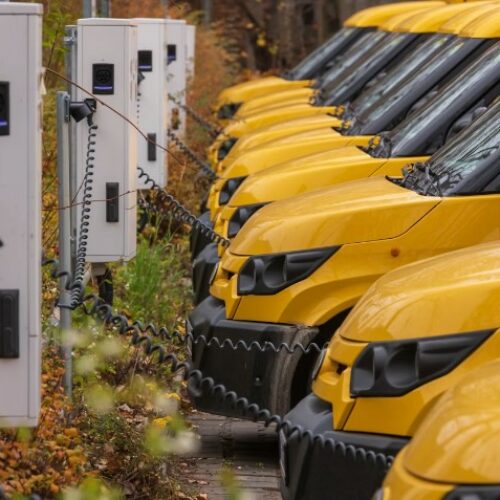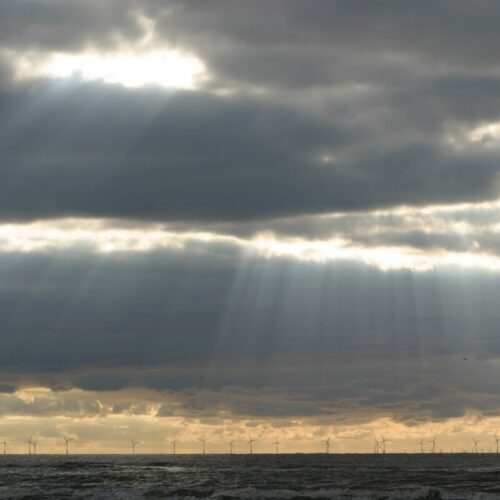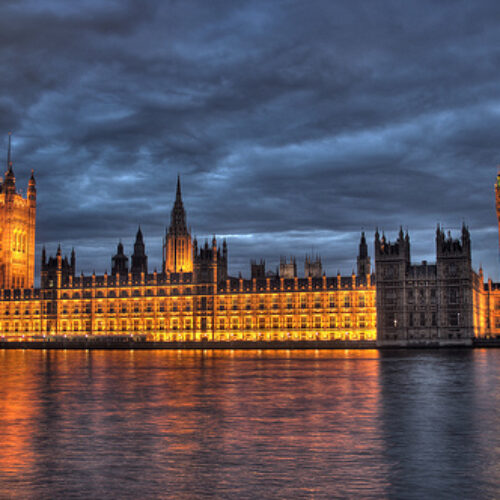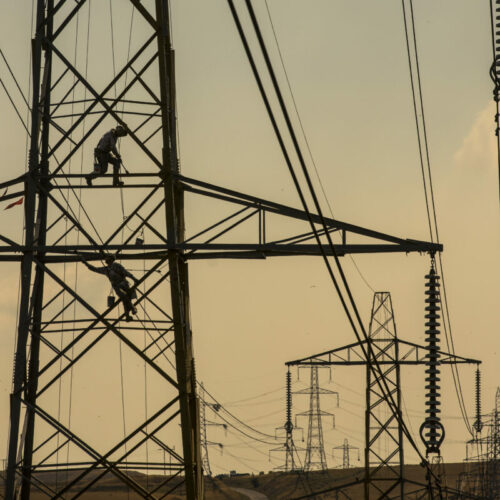Over the last week, further insight has been gained into the next steps for supporting the electricity system over the winter.
In the latest in our Current± Price Watch article – powered by LCP Enact, we take a look at the new Demand Flexibility Service and the introduction of a windfall tax on electricity generators to fund domestic energy bills support.
Day Ahead: Wind continues to play a significant role in UK’s electricity mix
Over the past week, day ahead prices in Britain hit a high of £237/MWh on 20 November, and a low of £65.6/MWh.
Amid the wet weather, gas made up the bulk of generation across the week, but wind took the two spot across two days. It generated 37.3% of British electricity on 15 November and 40.2% on 17 November.
While China has taken the UK’s top spot for offshore wind generation over the last year, the country has the largest pipeline of projects in the world according to EY, highlighting that the technology will play an increasing role in coming years.
A continued concern over the coming winter is the potential for utilising interconnectors, and how France’s nuclear outages will impact the system.
Intraday: 1% increase in cost of capital, increases cost of low carbon power system in 2050 by £38bn
APX MID prices high a high of £270.94/MWh on 16 November, and a low of £6.71/MWh on 17 November.
There was a significant focus on energy within chancellor Jeremy Hunt’s Autumn Statement on 17 November, which saw the introduction of a 45% windfall tax on electricity generators as well as the extension of the Energy Price Guarantee at a new rate of £3,000 from April.
“It is appropriate that windfall profits from energy companies contribute their share to support the dampening of customer energy bills; this winter threatens to be a significant challenge for many households,” said Sam Hollister, head of markets and engagement at LCP Delta.
“However, it must be remembered that significant investment is needed in the UK power system to avoid climate catastrophe and reach energy independence in the UK. Targeting established investors through the ‘Electricity Generator Levy’ could have a significant impact in meeting those ambitions, both directly and indirectly through harming investor confidence.
“LCP Delta analysis shows that even a 1% increase in the cost of capital for investors could increase the costs of delivering a low carbon power system in 2050 by £38bn – far outstripping the £14.2 billion expected to be raised by HM Treasury over the forecast period (2022-2028).”
Imbalance: National Grid ESO runs first Demand Flexibility Service
Over the last week, imbalance prices hit a high of £295.04/MWh on 16 November and a low of £-8/MWh on 17 November.
On 15 November, National Grid ESO trialled its Demand Flexibility Service for the first time, putting out a call for 200MW between 5-6pm.
During the trial, Octopus Energy procured 108MW of the capacity through its Saving Sessions, with 200,000 customers reducing their demand by 59% on average.
“Giving consumers the chance to grab a bargain is a win-win-win: cleaning up the grid, cutting costs and delivering greater energy security,” said Alex Schoch, head of Flexibility at Octopus Energy Group.
“Just like the yellow label products priced to clear in a supermarket, it doesn’t need everyone to take part, but those who do get cheaper energy for themselves and drive down waste and reduce costs for everyone else too.”
The Demand Flexibility Service is one of the most high profile tools at National Grid ESO’s hands for managing predicted capacity constraints over the winter, set out in its Winter Outlook report.
Earlier today (21 November), the ESO announced the second trial of the new flexibility service will be run on 22 November between 17:30 and 18:30.
To find out more about LCP Enact, click here or follow them on Twitter or LinkedIn for the latest market updates.





